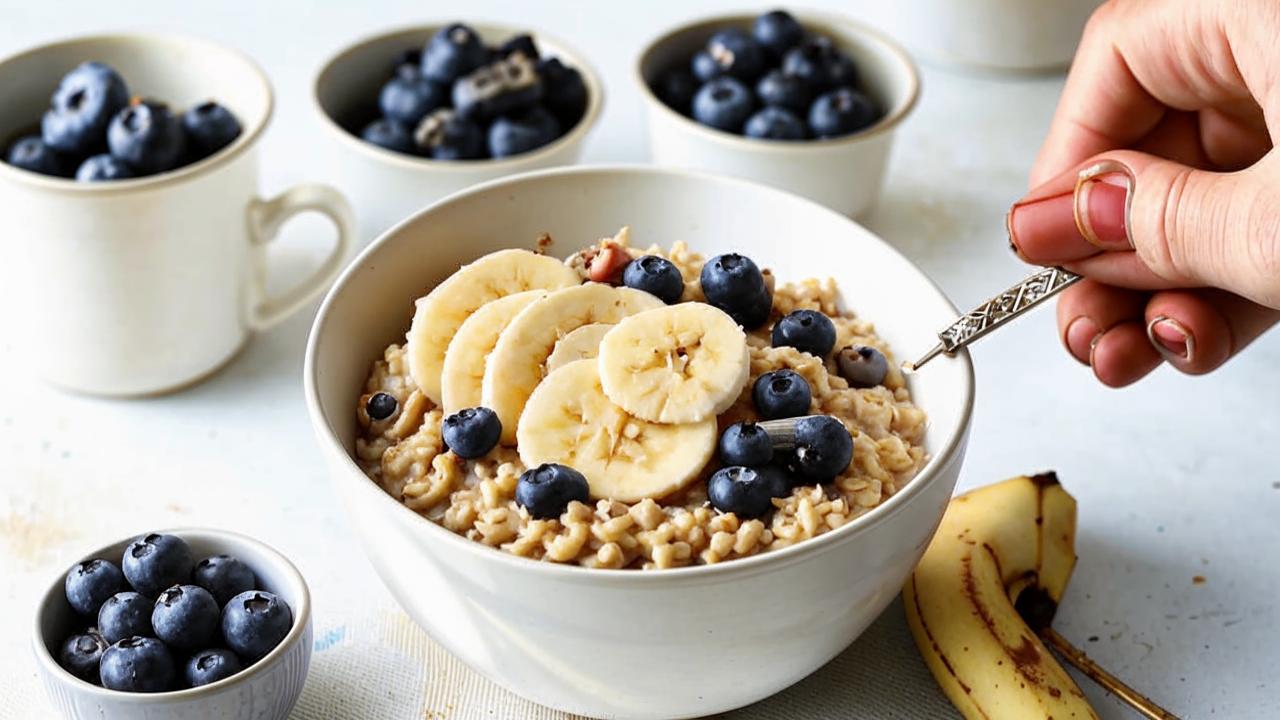During Lent, you cannot eat food of animal origin, including meat, poultry and eggs, which are the main sources of protein. Therefore, the body needs something to make up for their lack. Protein is the main building material for muscles. If it is completely excluded, it can be fraught with negative consequences for health. What can be used to replace animal protein and which lean foods have the most of it? Let’s find out together with nutritionist Anna Glumova.
What foods have the most vegetable protein?
The most protein is found in legumes: chickpeas, mung beans, lentils and, especially, soybeans. But when buying products from the latter, it is important to pay attention to the labels Bio, Organic, Non-GMO. Since 99% of soy is grown using GMOs. Having chosen a responsible producer, safely add soy milk to coffee, try dishes with soy curd tofu, as well as edamame beans – it is a young soybean, rich in protein.

From lentils and mung beans you can make soups, adding different vegetables. And from chickpeas – hummus. And the basic recipe can be supplemented with ingredients to taste: boiled beets or eggplant, aromatic herbs and spices – do not be afraid to experiment.
There is also a lot of protein in nuts and seeds. And the first, like soy, allow you to keep in the fasting diet familiar dishes. Yogurts from coconut or almond milk, cashew curd – all this is a tasty alternative to animal protein. It’s also found in whole grains and mushrooms. Buckwheat with mushrooms, stuffed cabbage with quinoa and vegetables, even Italian durum wheat pasta (cooked al dente) contain protein.
How much protein should I eat?
The average amount of protein is 1.5 g per 1 kg of weight. For a woman, this is about 90 g per day, and for a man, 120 g. For example, to eat 45 g of protein per day, the diet should look like this:
breakfast: oatmeal, 6 g protein per 200 g serving;
lunch: buckwheat with mushrooms, 8 g protein per 250 g serving, and vegetable salad with edamame beans, 18 g protein per 50 g beans;
snack: nuts, 5 g protein per 30 g nuts.
dinner: rice with fried tofu, 8 g protein per 250 g serving.

As you can see from the example, no matter how much protein-rich plant foods we add, they are unable to cover the body’s daily requirement. Moreover, unlike animal protein, vegetable protein is not fully digested. As a supplement, you can use vegetable protein (pea protein, hemp protein, etc.).
From the point of view of health, fasting is an ideal time when the body can rest from animal food and self-cleanse. To do this, it needs a lot of clean water, fiber and vitamins. It is worth including in the diet more varied vegetables, fresh salads with mixed greens, morses of cranberries, sea buckthorn, cranberries, etc. And a slight protein deficit for such a short period of time will not harm your health.





